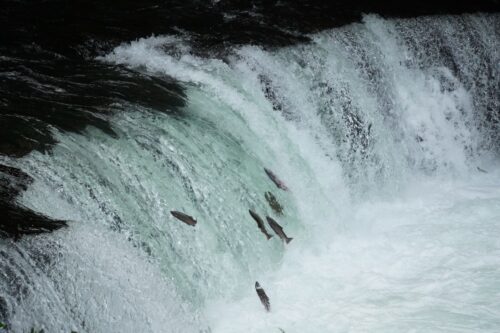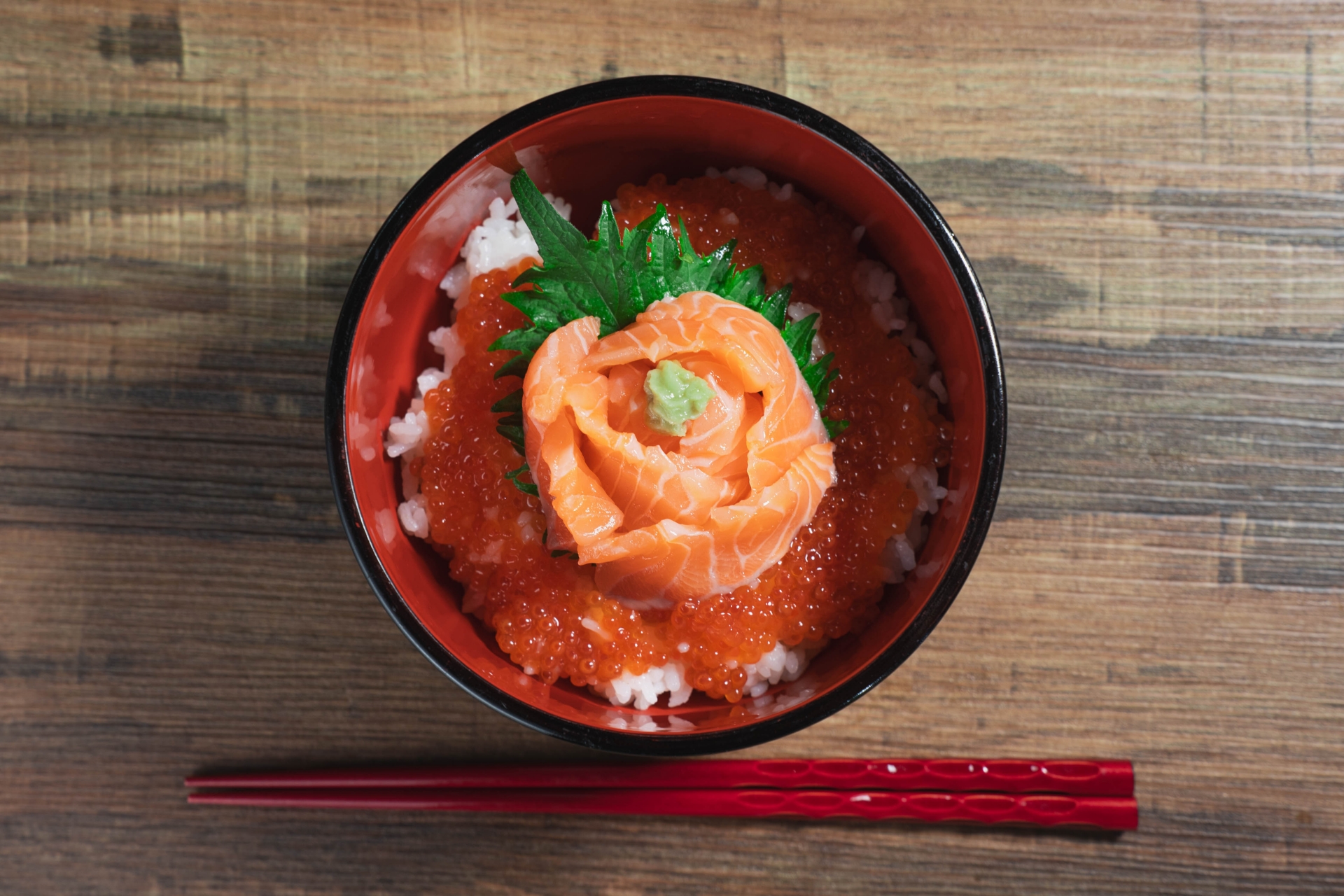Hokkaido is the home of salmon fishing in Japan
“A River Runs Through It” made Brad Pitt a star in 1992. The movie was not expected at all at the beginning but made a big hit and ignited the popularity of fly fishing. In fact, I’ve been wanting to do fly fishing since I watched the movie. Unfortunately, I hardly remember anything about the movie, but the fishing scenes left a strong impression on me. A fishing rod whipping to and fro smoothly, a line sparkling by reflecting the sun’s light and describing an arc in the air, etc. It’s beautiful and completely different from what I always do. It’s ordinary bait fishing: just wandering along rivers and casting bait. Why don’t I do fly fishing? That’s a simple math. Bait fishing is easier and can catch more fish. Indeed, I knowingly quoted Hemingway “When you can’t catch fish, think it gave you time to think about life” in the past article. Sorry, I just pretended to be cool. To tell the truth, I hate to get skunked (go home empty-handed).
Today, I’m introducing the charm of Hokkaido through the story of fish. Among river fish in Japan, the king is definitely salmon. You can see them in many rivers in Hokkaido this season. In autumn, salmon comes back from the sea and dies in its home river soon after spawning. When living in Sapporo, the capital city of Hokkaido with the population of two millions, I saw many salmon carcasses on a river shore. Since then I’ve longed to see they swim lively in the river, and last weekend I finally went to a small town in the eastern outskirts of Hokkaido. The area is famous as one of the starting points of salmon homecoming.
Rivers full of salmon in Hokkaido in autumn!
My hotel was at the mouth of the river famous for salmon homecoming, and luckily my room was river view on the 7th floor. I entered the room and went up to the window to look down at the river without big expectations. Surprisingly enough, I could see a lot of salmon swimming around in the river even from the 7th floor window! The river flow was very slow because it was the estuary of the river, where the surface waves made by the schools of salmon were seen clearly. Salmon can live both in sea- and fresh-water, but it needs some time to condition its body. There were so many salmon schools that even seagulls on the water looked annoyed with them.

The role of salmon in the ecosystem
It takes about one month for juvenile salmon to go down to the sea after being hatched, and it comes back to its home river after two to five years in the sea. The average size of juvenile salmon is about 20 mm and 0.4 g; that of homecoming adult salmon is about 80 cm and 8 kg. It becomes 40 times bigger in length; 20,000 times in weight. You remember the grown ones are supposed to die soon after spawning? As nature is well made, forest animals in Hokkaido, like bears and foxes, eat the salmon carcasses. In other words, salmon brings a lot of nutrients from the sea to the rivers and forests. In that sense, we can say that our wooden furniture is made from salmon.
Salmon going up the river is the charm of Hokkaido in autumn. Hokkaido is the home of salmon in Japan, and this is why you can enjoy fresh salmon roe everywhere, though you may hesitate to eat it after getting to know the life cycle of salmon. Do you feel like coming to Hokkaido? Oh, mind you, it’s prohibited by the law to fish salmon in the river.


Shungo Ijima
He is travelling around the world. His passion is to explain Japan to the world, from the unique viewpoint accumulated through his career: overseas posting, MBA holder, former official of the Ministry of Finance.

